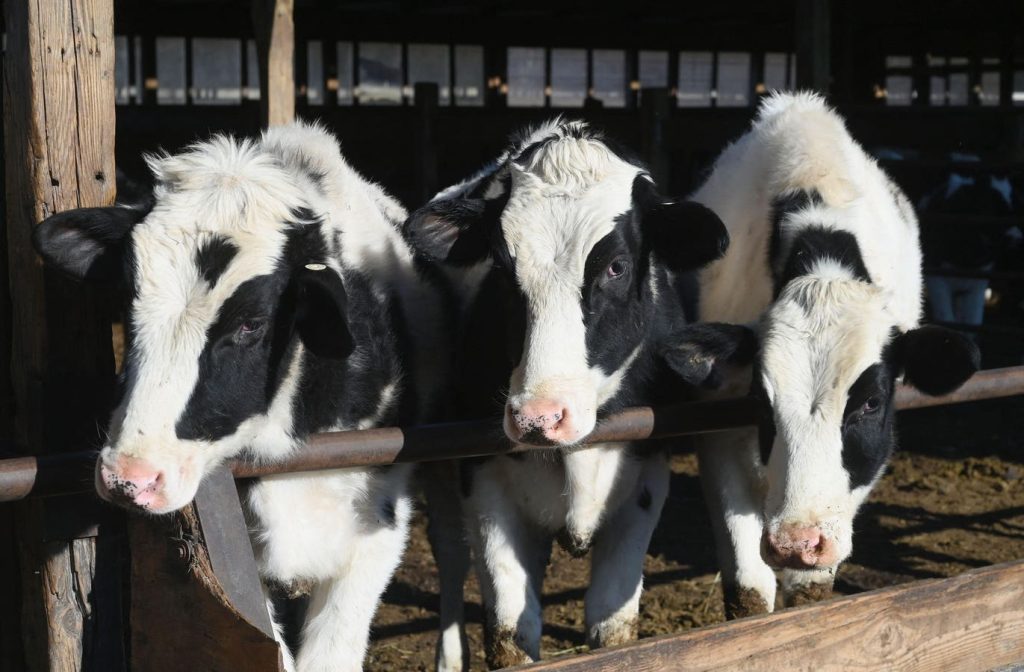In late March, cases of highly pathogenic avian influenza (HPAI) have been identified in cattle across the United States, with at least one person testing positive after being in contact with infected livestock. Several states have started to limit the interstate transport of cattle in response to these infections, and the CDC has issued a health advisory to inform healthcare workers and the public about the situation. While the immediate threat to humans appears to be low, scientists and public health officials are closely monitoring the situation to prevent any further spread of the virus.
Reports from Federal officials as of April 15 indicate that there have been 28 cases of HPAI in cattle in eight states, including Texas, Idaho, and North Carolina. Most of the infected cows have shown mild signs of the disease, with symptoms such as lethargy and decreased lactation. The single person who contracted the virus during this outbreak experienced conjunctivitis and is currently recovering from the infection.
The highly pathogenic avian influenza virus A(H5N1) at the center of this outbreak was first identified in the 1990s and has since evolved into a highly transmissible variant that has caused widespread devastation in poultry farms across the United States. Nearly 90 million poultry have been affected by the virus, and wild birds have also been impacted, with 21 endangered California condors succumbing to the disease in 2023. Researchers have taken the unusual step of vaccinating captive-bred condors to provide them with some protection from the virus.
Despite its name, avian influenza viruses like H5N1 can infect mammals as well. The USDA has reported cases of various mammalian species, including polar bears, raccoons, and mountain lions, being infected in the U.S. While the spread of the virus from mammal to mammal is rare, it is not impossible, as seen in an outbreak on a mink farm in Spain in 2022, where over 50,000 minks were culled to prevent the spread of the virus. Researchers have shown that specific mutations in the H5N1 virus could potentially make it transmissible among mammals, raising concerns about a possible pandemic in mammals.
The potential impact of HPAI on people is still uncertain. There is currently no evidence to suggest that the commercial milk supply is tainted, as pasteurization would deactivate the virus in milk from infected cows. Additionally, the number of infected cattle remains low relative to the overall population, indicating that the supply of milk available to consumers is not at risk. However, the possibility of the virus mutating in a way that could lead to a larger outbreak among mammals, including humans, remains a concern. Strong surveillance programs and coordinated efforts among federal, state, and local agencies are essential to proactively address this potential threat.













